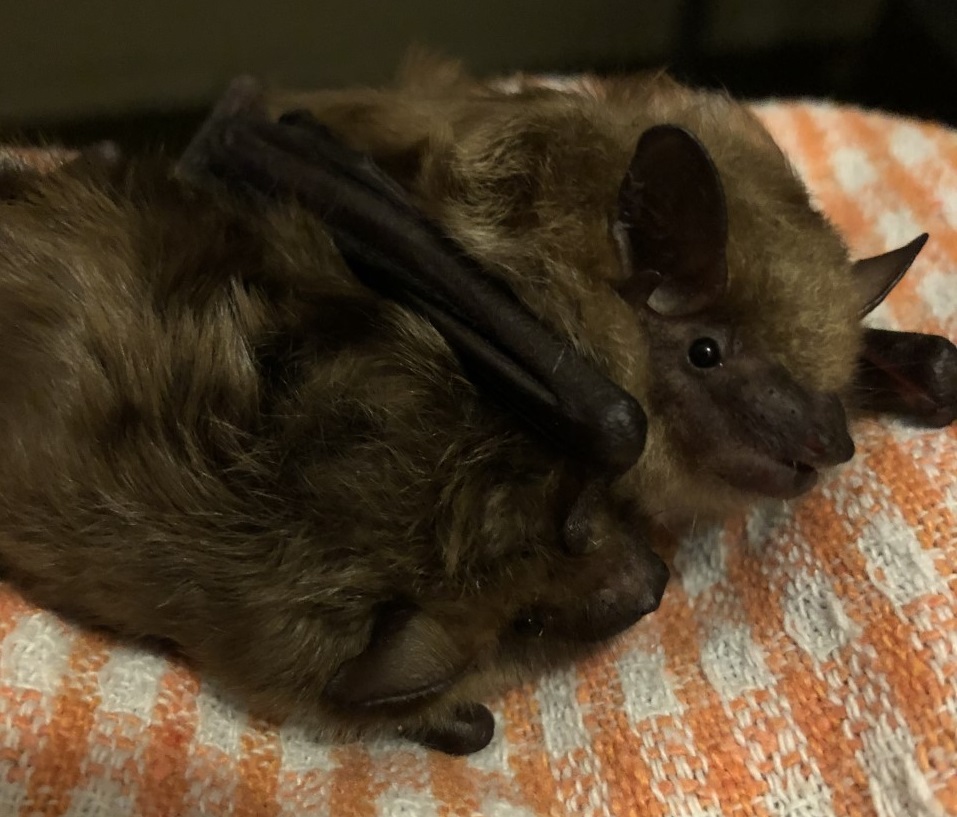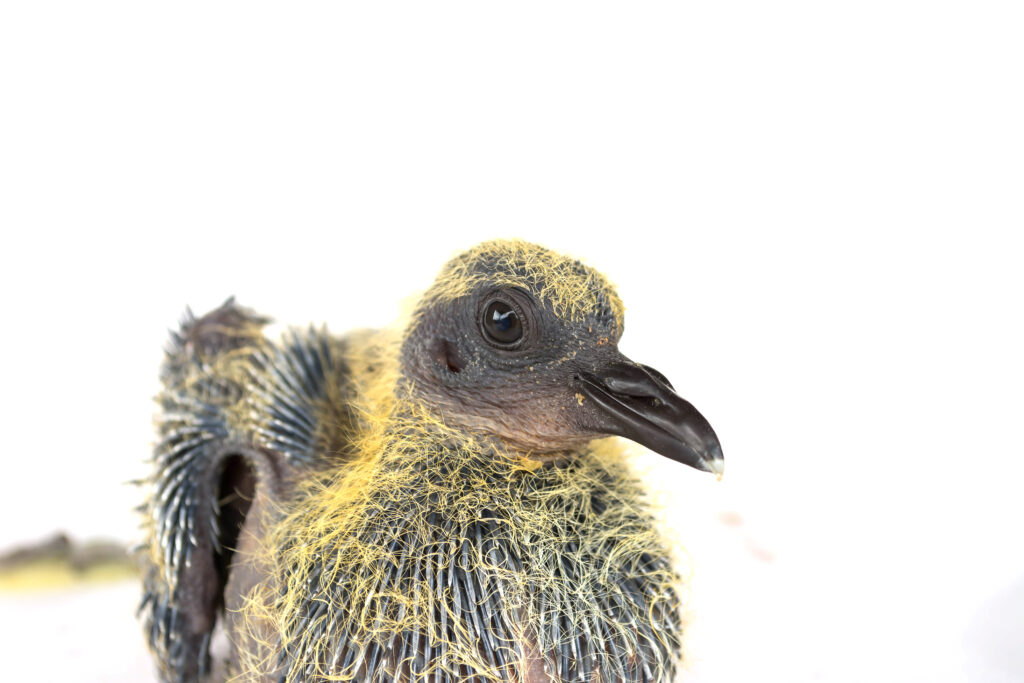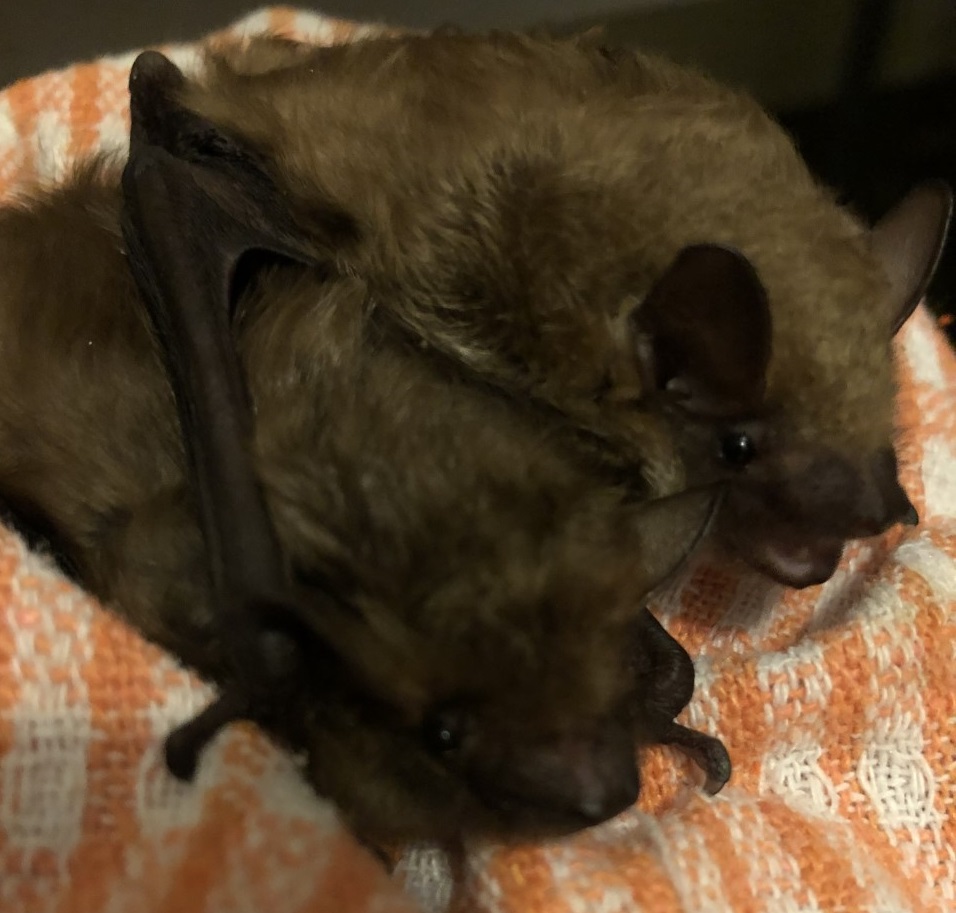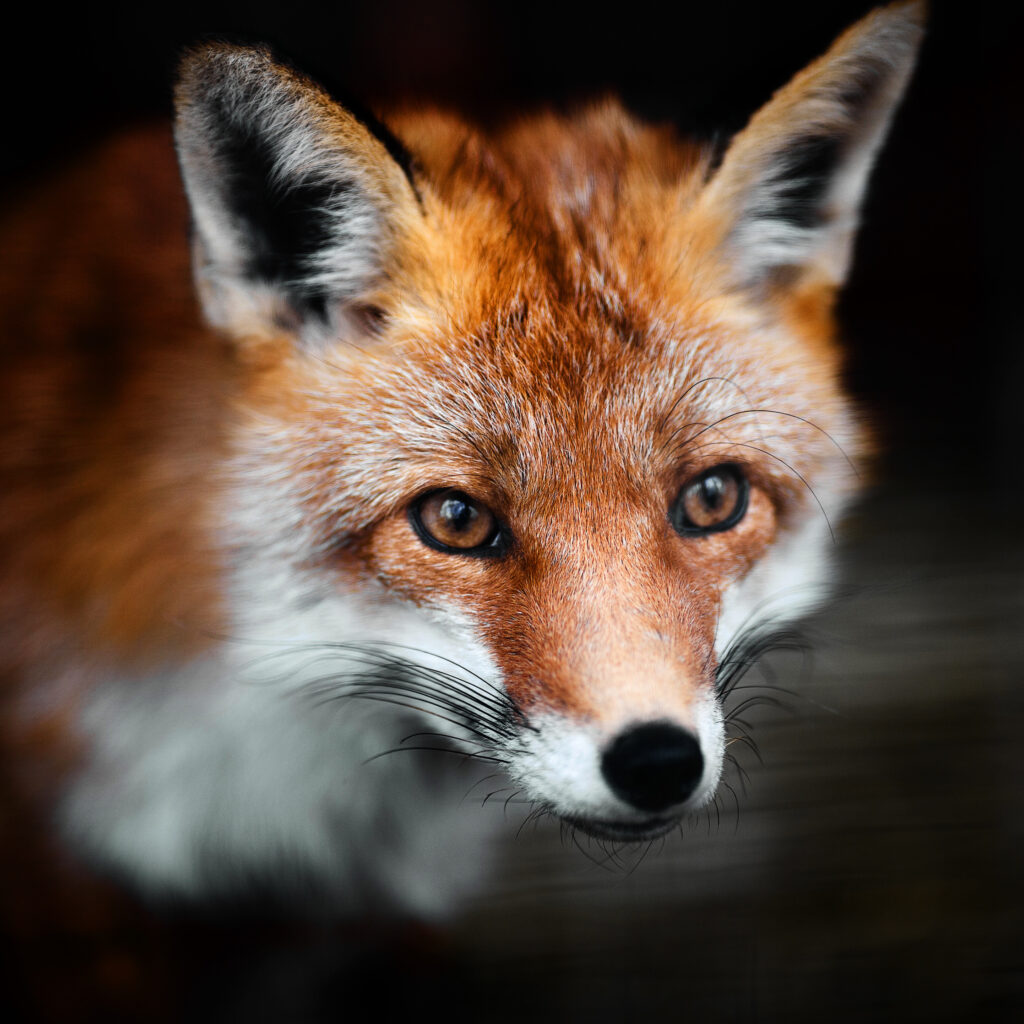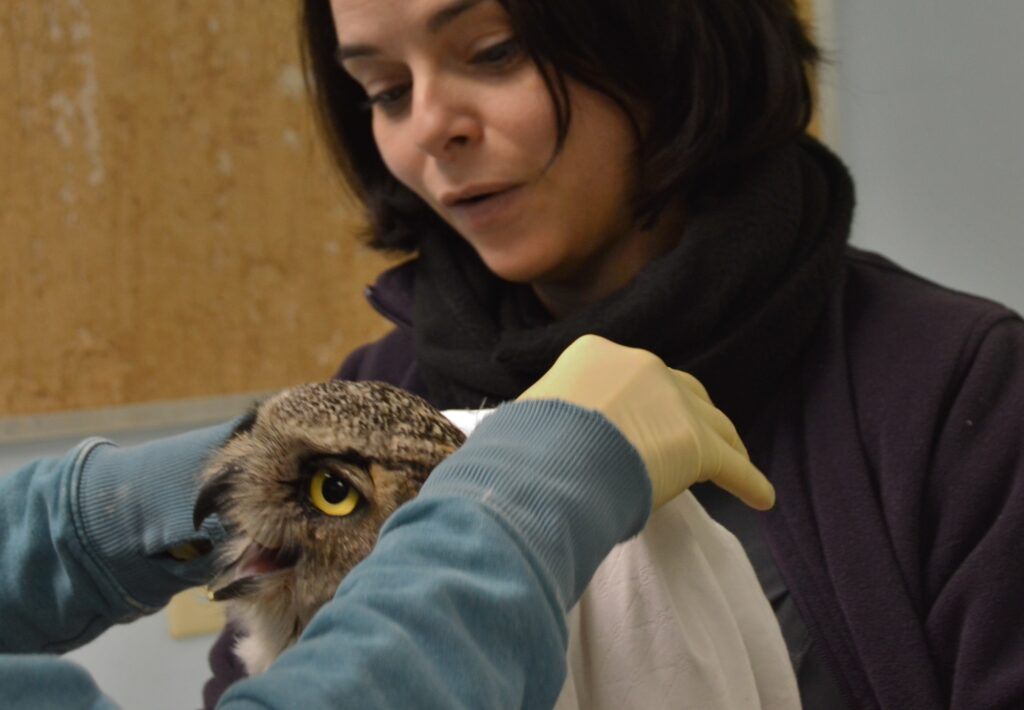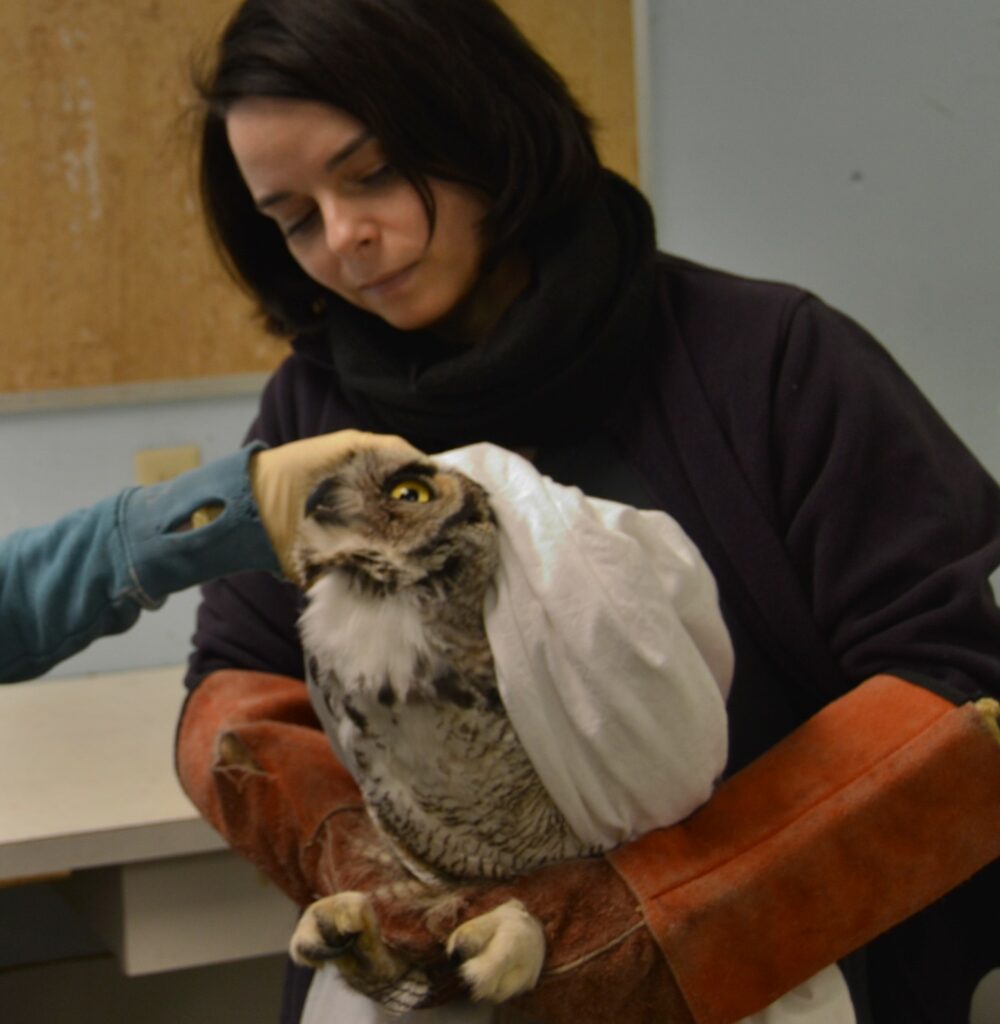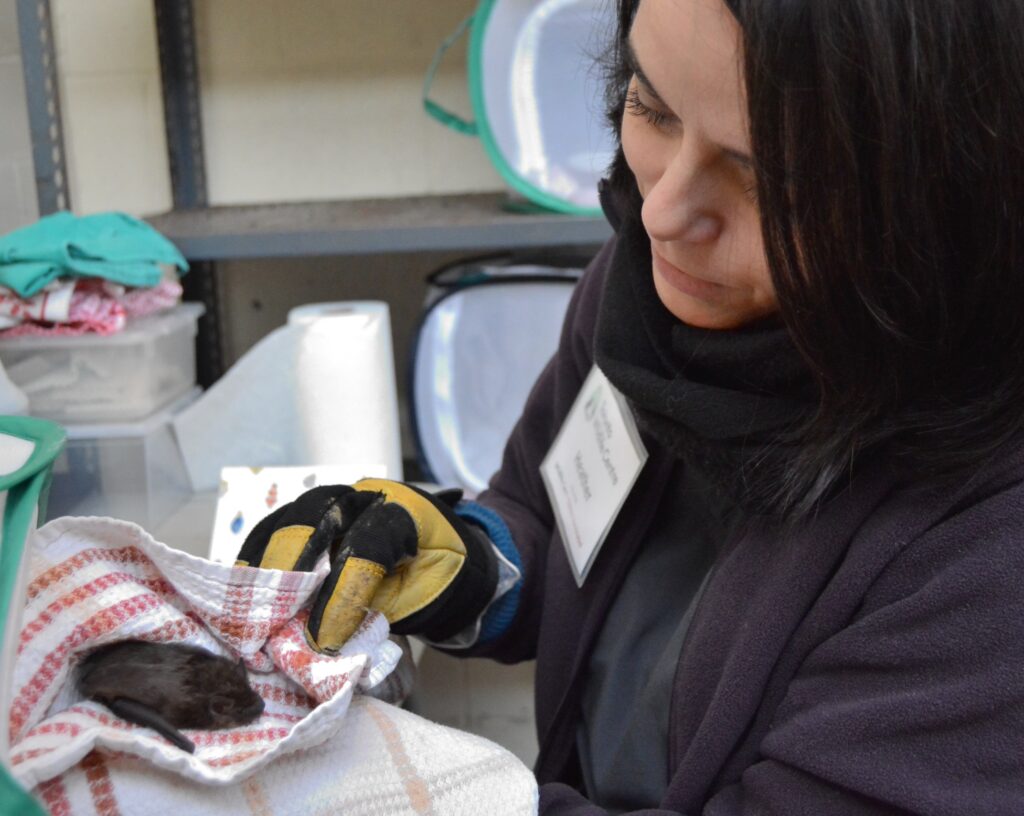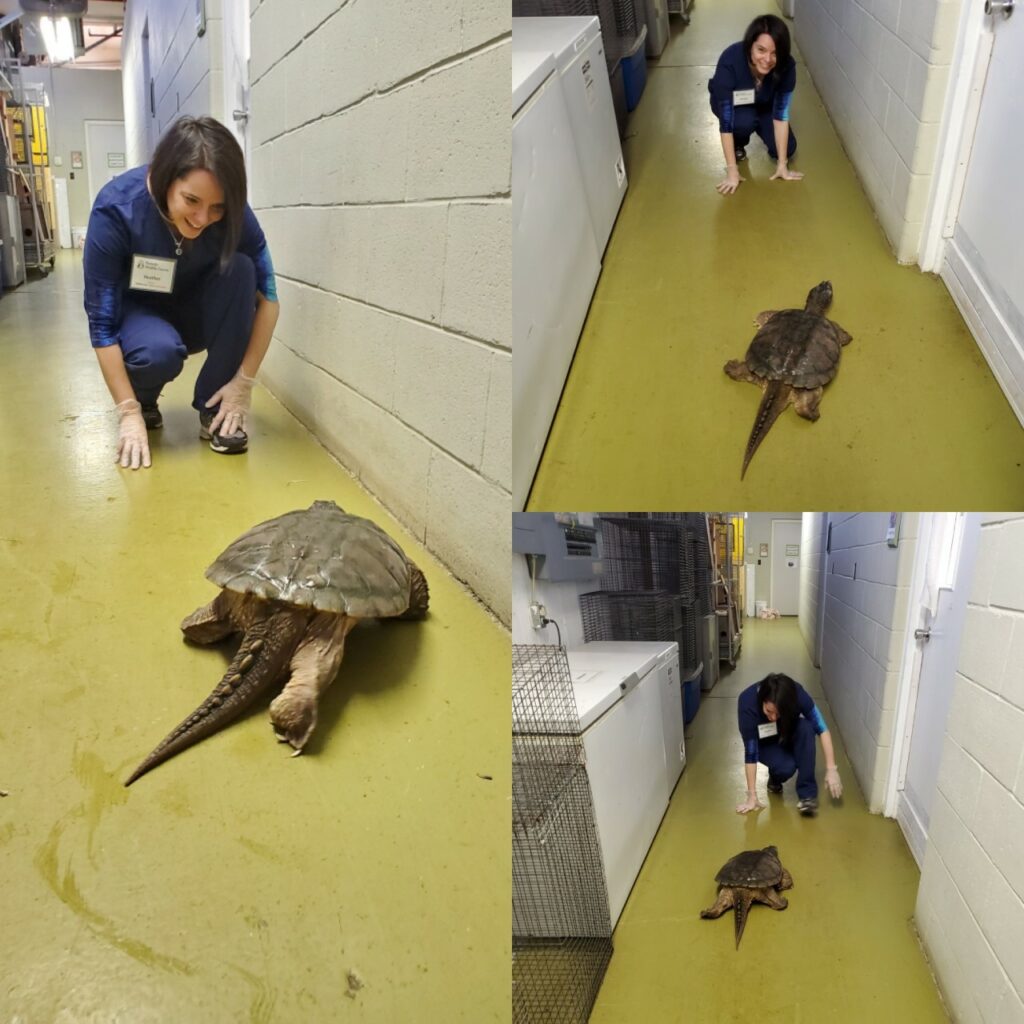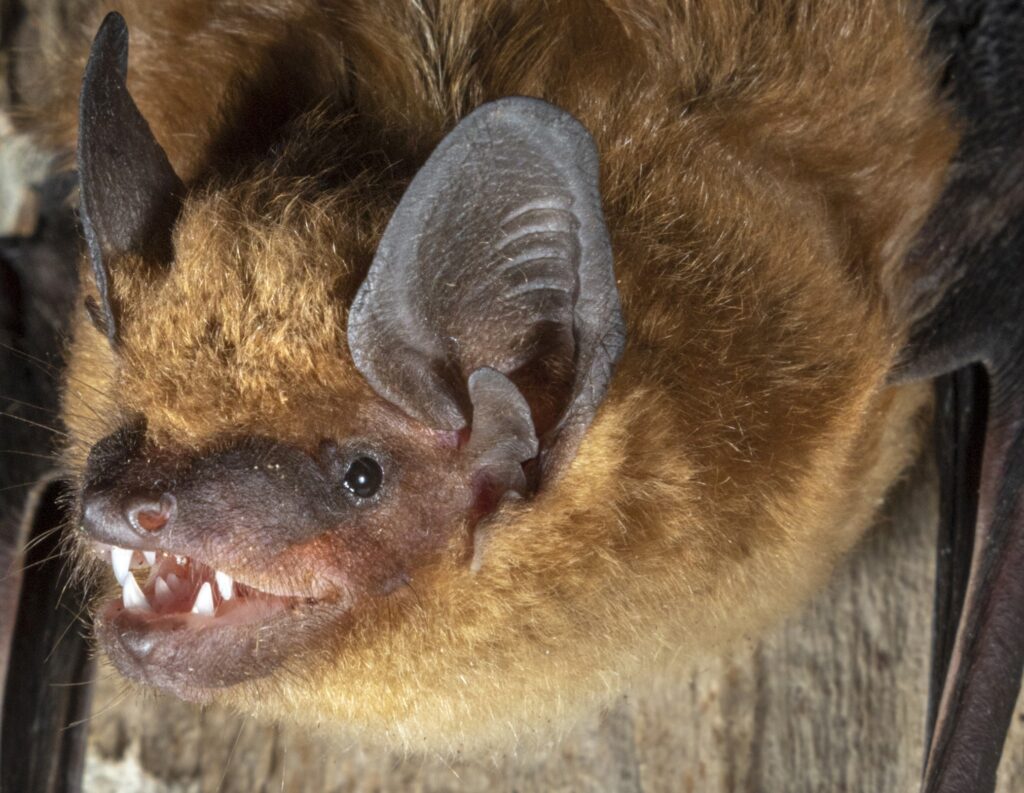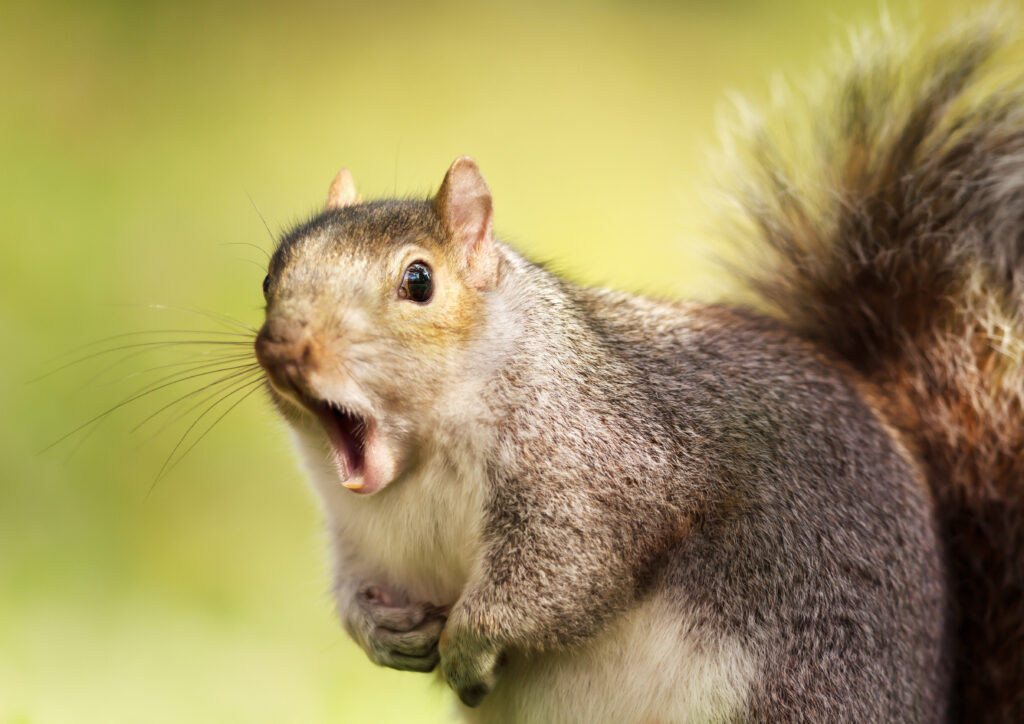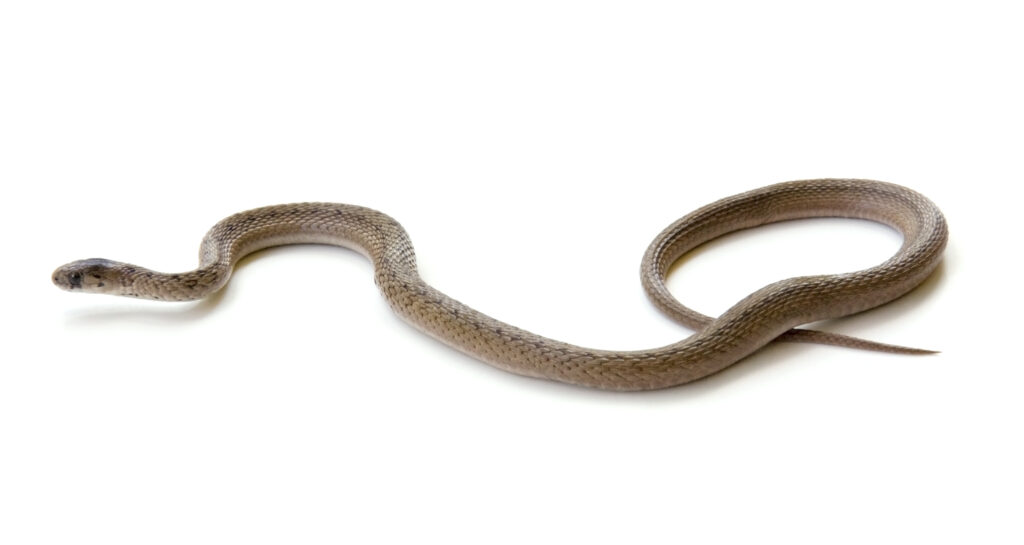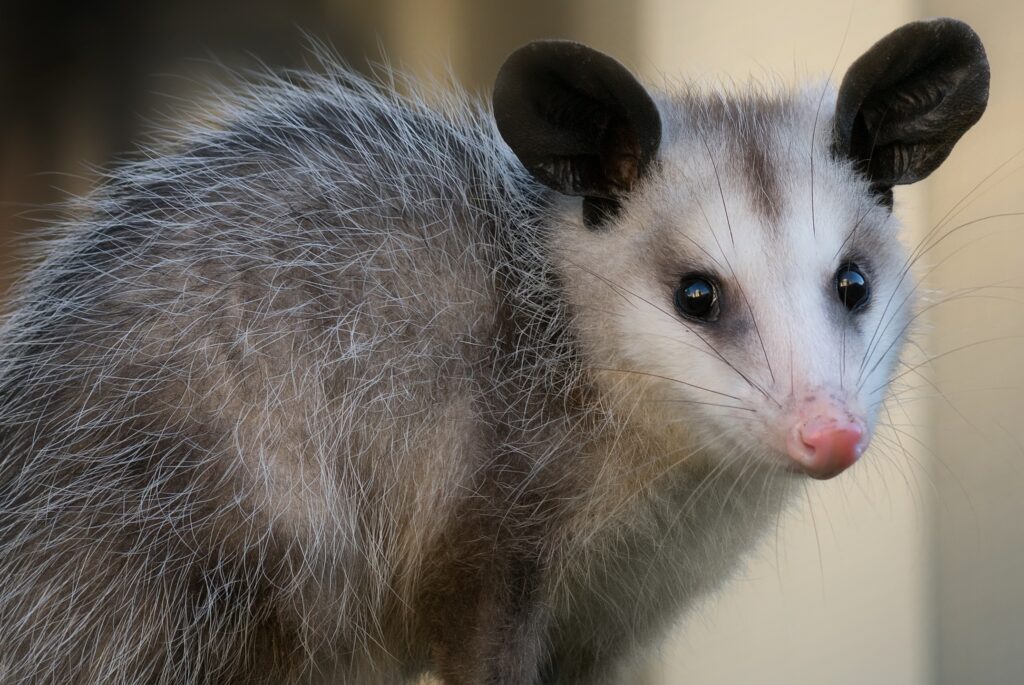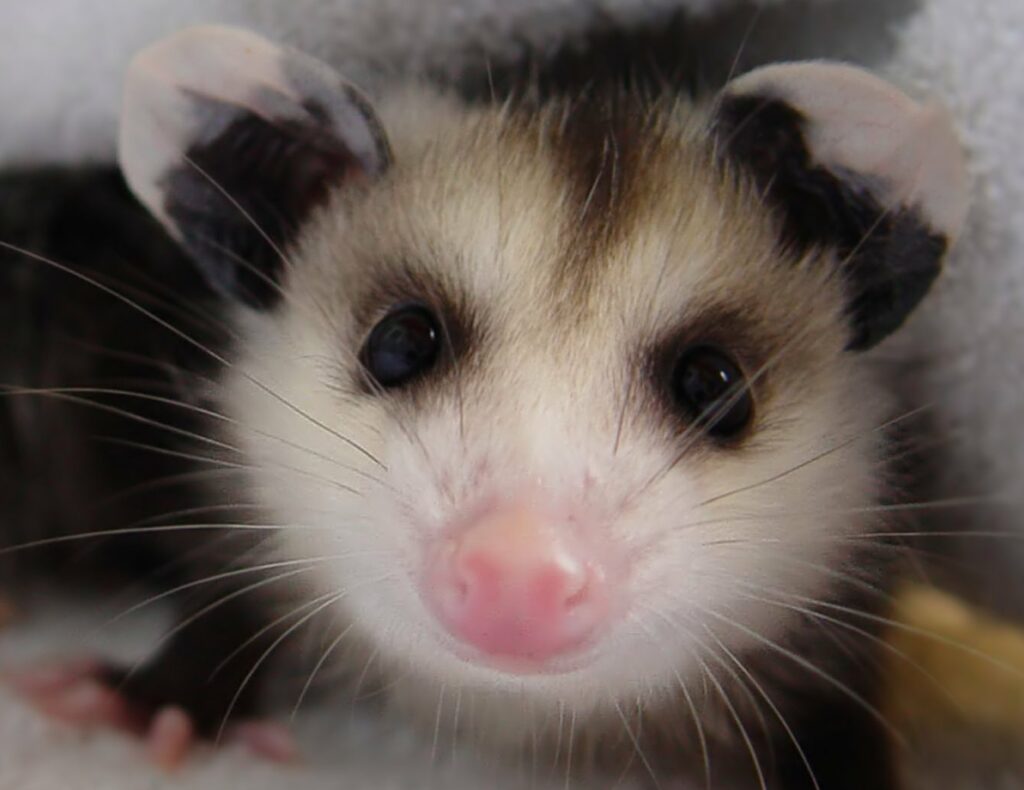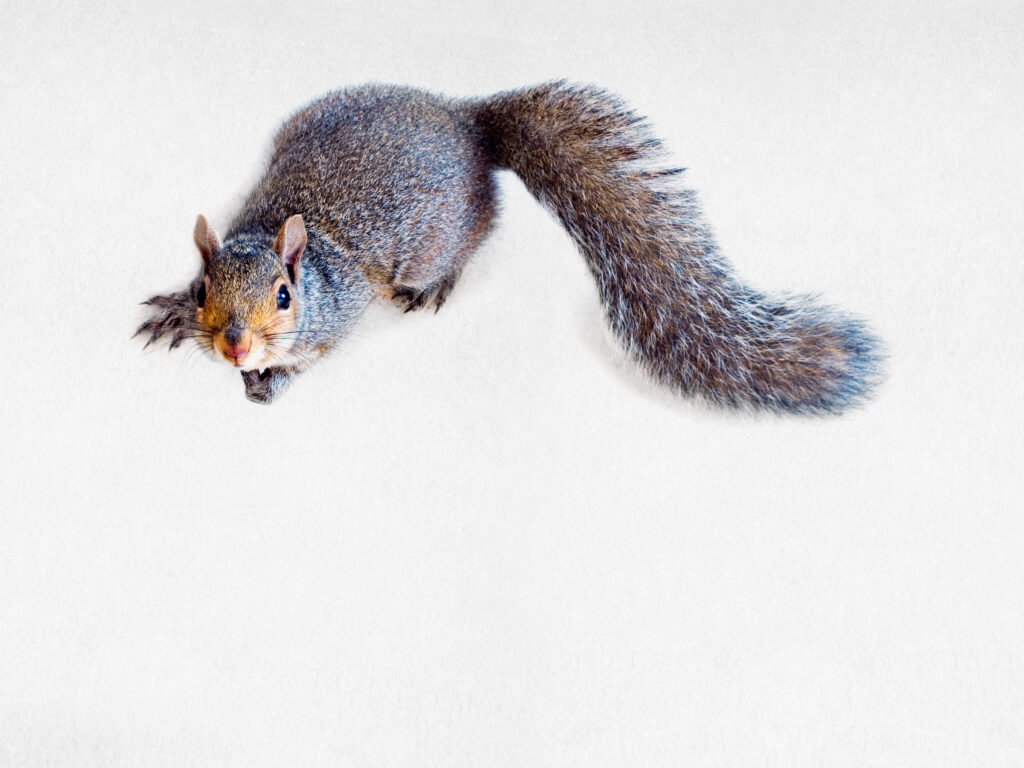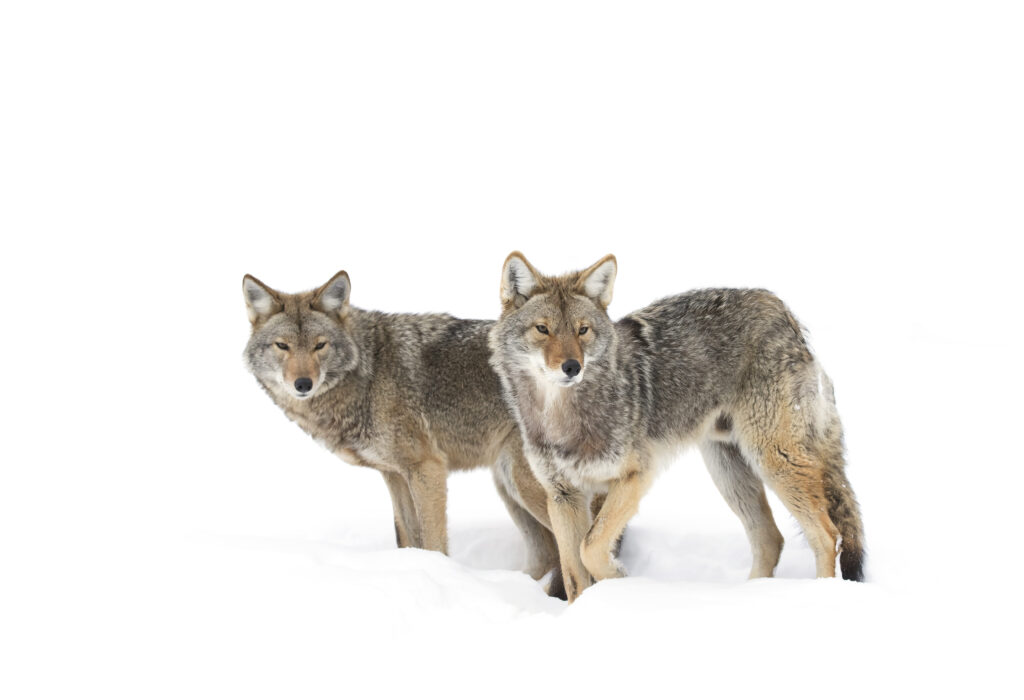
When we think of animals and companions in the same breath, we often think about pet dogs. Maybe some therapy animals. The focus there is really on the companionship and related benefits that the animals provide to humans. All good. But what about the animals’ own needs for companionship? Many of our urban critters have their own social needs and structures.
Coyotes in care together
Of the four adult coyotes in care right now, two have been placed together in the same enclosure – it turns out that they are a mated couple! Both are in care to heal from mange. I think it’s amazing that we’d have both in care, and that we would know they are mates and be able to put them together.
Urban coyotes mate for life and are totally faithful to each other, unlike other canids.
How do we know they are mates? These ones are from the Richmond Hill area, both from the same territory, which is what tipped off the TWC that they might be mates. The TWC’s Hotline and Rescue services often have a variety of people in a neighbourhood watching certain animals. It is likely that these two coyotes were observed together or in the same territory many times before they were brought in.
Although these coyotes came in separately, and were originally cared for in separate rooms, they have now been placed in the same room. The initial stage of mange treatment takes 3 days, so I suspect that they were moved in together after both were passed that stage and into needing time and care to heal. There are always two different kennels in their room but staff person C said that a few days ago she saw them cuddled up together in the same kennel.
I was fortunate to see them both up close this week, as I closed them up in their kennels (usually open) so their room could be cleaned. One of the coyotes is beautiful, with gorgeous fur and alert calm demeanor. The other is in really rough shape with missing fur, one eye halfway closed, scabs and swelling. A lot longer way to go to heal. But it will heal. In the meantime, it must make such a huge difference to them to be together, since their mate and family members are so very important to coyotes.
The Urban Coyote Initiative says, “It’s common to see a single coyote hunting or traveling on its own, but that doesn’t necessarily mean it is alone. Coyotes are highly social animals and this didn’t change when they entered the urban ecosystem. Coyotes may live as part of a pack, which usually consists of an alpha male and female, perhaps one or two of their offspring from previous seasons (known as a “helper”) and their current litter of pups. The pack may also welcome in a solitary traveler if their territory can support another member. Packs living in sizable protected areas can have as many as five or six adults.
However, a coyote may also spend part of its life on its own … common when young coyotes disperse from their pack and go in search of their own territory, a new pack to join, or a mate with whom to start their own pack. A coyote may also spend a stretch of time as a loner if it was an alpha in a pack but lost its mate.”
A forever home for the quail
I finally asked about the quail we have in songbird room at the TWC. On her chart it says that she is an escaped domestic bird. It turns out that the TWC is trying to find a home for her – someone to adopt her! A staff person I spoke with said they are looking for someone with an acreage or hobby farm with a family of other quail for her to join.
Quails in the wild live in social groups, or coveys, that are mostly family members. Quail mate for life and are monogamous, with both partners raising their babies and teaching the young all the skills they need to thrive. They are also fairly vocal with a variety of unique sounds they use to communicate.
“The quail, invisible, whistles, and who attends?” – Henry David Thoreau
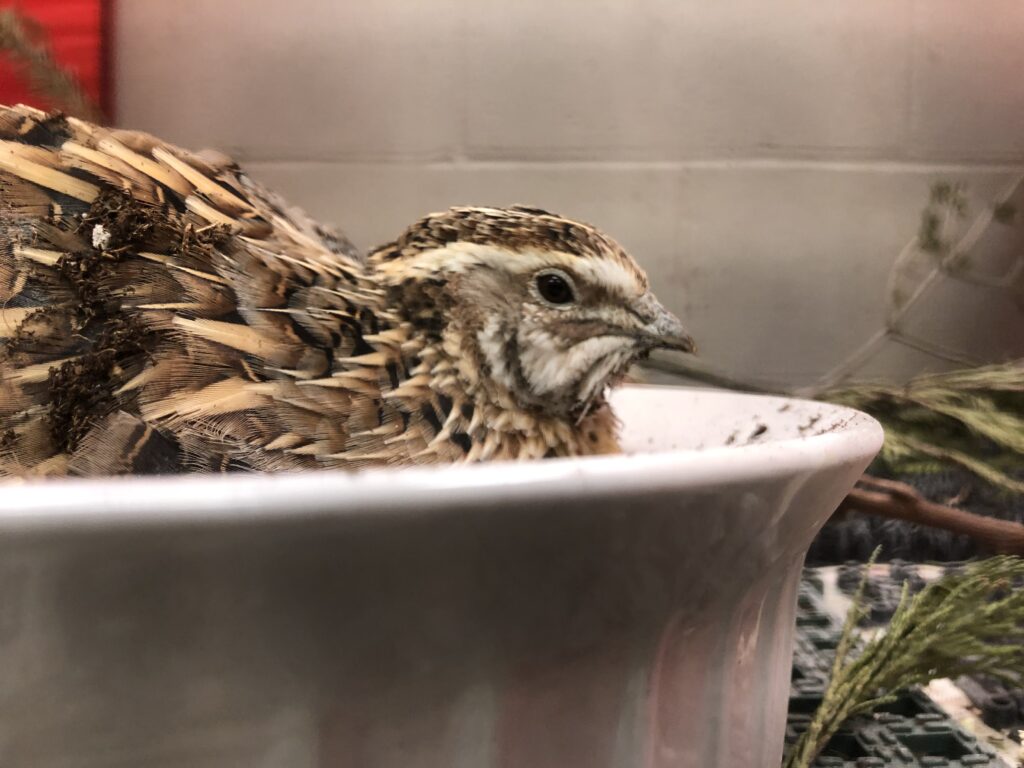
Peeps the baby pigeon has a pal
Peeps the baby we heard and fed last week is now in a double-wide enclosure with another young pigeon, who is gorgeous. White and auburn feathers – I don’t think I’ve ever seen one that colour before. Brownish red. True auburn, with just a little bit of iridescent purple at the tips of her neck feathers. She and Peeps are calming each other, good together.
Both needed to be tube fed, and it happened to be my final sign-off for pigeon handling. I needed to remove Peeps carefully with one hand since the enclosure opening is so small, and had to tuck one of her wings into the pillowcase that covered her to keep her calm. She pecked at my fingers holding her breast under the pillowcase. But it was smooth with both of them, they were fed by volunteer J, and returned to their enclosure together, and I got my pigeon handling final sign-off.
Pigeons are social and, as we see in all parts of downtown they live in flocks of 20-30 individuals. All of our feral city pigeons, a.k.a. rock pigeons, are descendants of domesticated rock doves. They can live more than 30 years and they, too, are monogamous, with one mate for a lifetime. Pigeon mates can lay multiple clutches in a year, including all year-round if winter doesn’t get too cold. They lay two eggs at a time, which hatch after 18 days.
Young birds depend on their parents for the first two months of their life. Both parents take care of the chicks (called squabs), and feed them a form of “pigeon milk,” which is what we try to replicate when tube-feeding baby pigeons at the TWC. The pigeon is one of only three bird species (the others being flamingos and male emperor penguins) known to produce ‘milk’ to feed their young. Scientists at Deakin University found that, like mammalian milk, it contains antioxidants and immune-enhancing proteins important for the growth and development of the young.
Pigeons are highly intelligent. They are of course well-known for their ‘homing’ superpowers and their history of carrying messages over long distances to accurate destinations. In scientific tests, pigeons have been able to not only differentiate between photographs, but even differentiate between two different human beings in a photograph. They can be taught to recognize all letters of the English alphabet. They are also able to recognize themselves in a mirror.
Bat Cuddles
I wrote about Zenelophon and Yorick cuddled up together in a previous post here. Since writing that, the first time I found them together like that, every time I have cared for them, every week, they are always cuddled up together.
Bats are super social animals, well known for forming huge colonies. Roosting together in such large numbers gives them protection from predators and the social interaction they need. According to James Robertson’s book The Complete Bat, the females gather to form these large colonies, with males remaining largely solitary or in small groups until the breeding season. Communication is vitally important to bats – researchers have found that their wide range of vocalizations are associated with warnings of threats and with general social communication.
